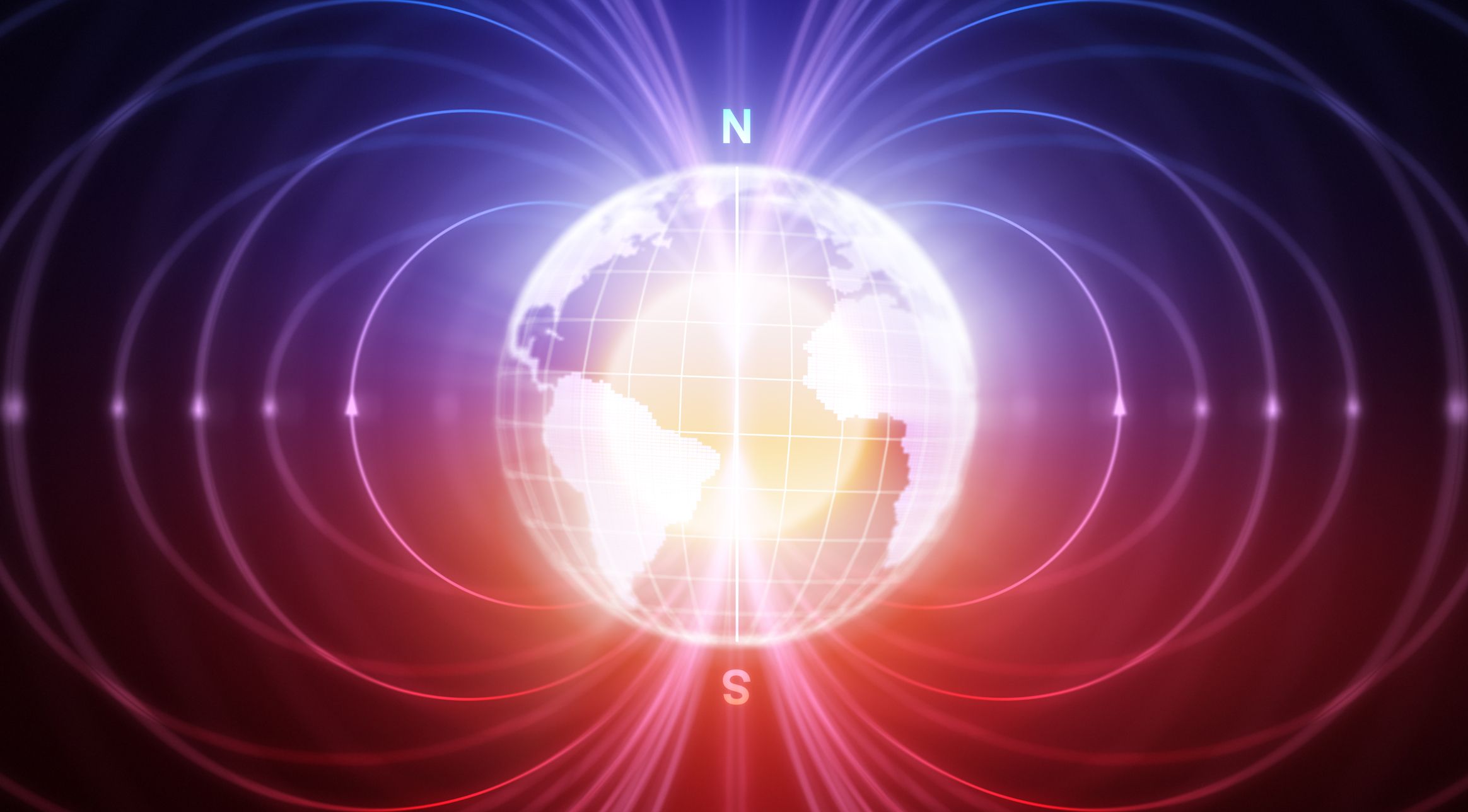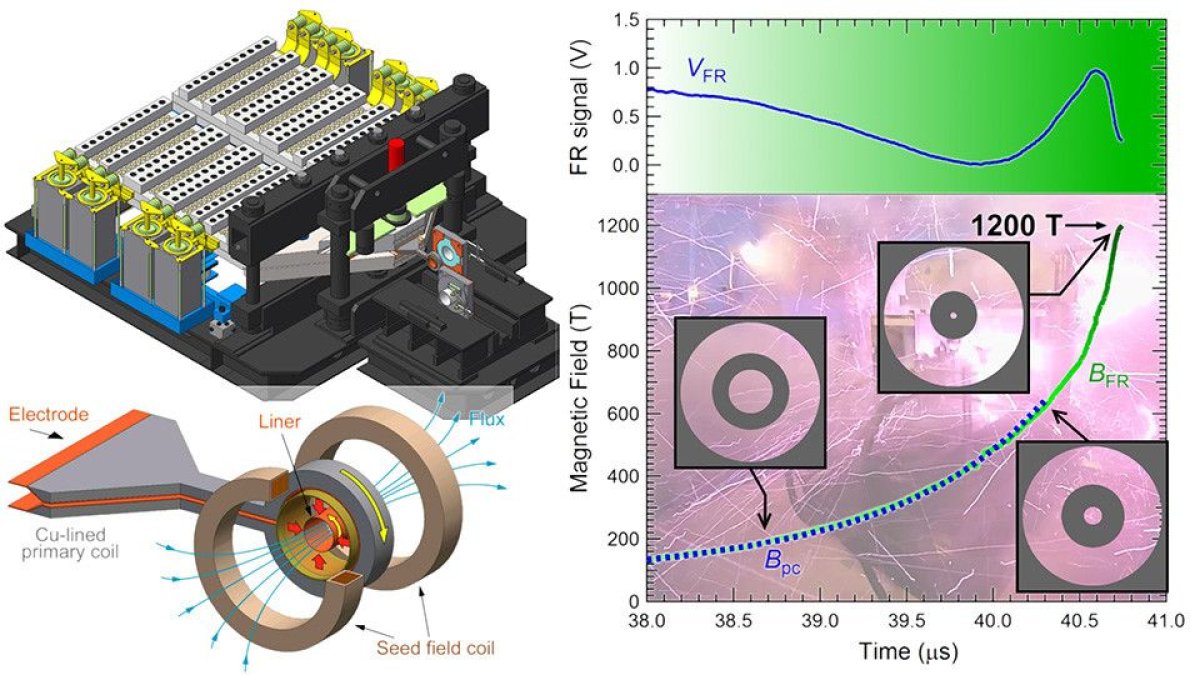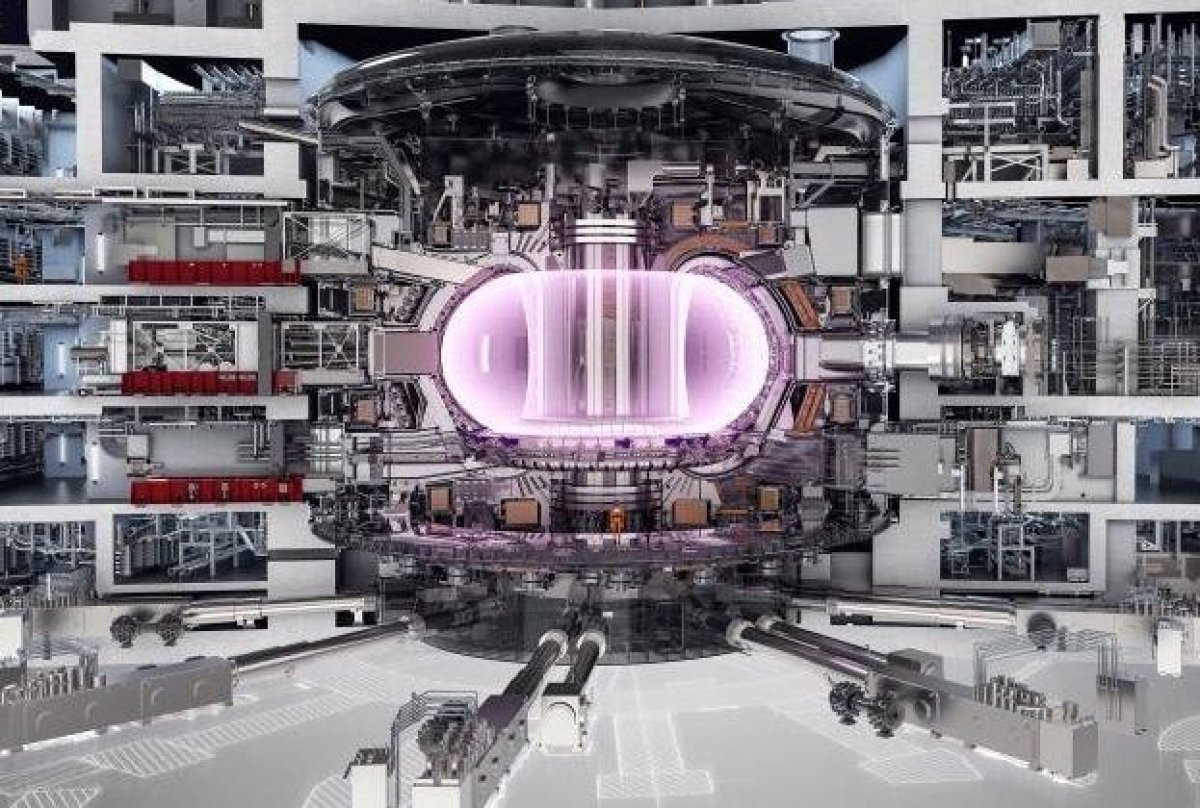
Scientists in Japan have created a magnetic field that is 50 million times stronger than the one surrounding Earth. This is a new world record for a magnetic field generated indoors and, because of the level of control this provides, has major implications for material sciences and the development of nuclear fusion—a potential source of almost unlimited clean energy.
The team, from the University of Tokyo, generated a magnetic field reaching 1,200 tesla. To put that into perspective, the magnets in the Large Hadron Collider at CERN measure eight tesla, while Earth's magnetic field is between 0.25 to 0.65 gauss—one tesla is the same as 10,000 gauss.
Far larger magnetic fields have been created outdoors using chemical explosives, but these are not much use when it comes to carrying out controlled experiments in a stable, indoor environment.
In their study, published in Review of Scientific Instruments, the team generated the magnetic field using the "electromagnetic flux-compression (EMFC) technique." This involves a metal cylinder being accelerated with a magnetic force until it undergoes a high-speed implosion. Initially, a seed magnetic field is generated. This is then compressed by the implosion into a small space, creating the strong magnetic field.

Shojiro Takeyama, one of the study authors, told Newsweek that the instrument they developed can be used for a wide variety of applications, including material sciences. "We expect magnetic field of an order of 1000 T can be quite useful for investigating the electronic properties of nano-materials," he said.
It also has implications for nuclear fusion technologies. Fusion uses the same process to create energy as the sun. The 100 million degree plasma created in the process must be suspended inside a reactor, but as soon as the plasma touches the reactor wall the temperature drops and fusion is no longer possible.
As a result there must be a cushion separating the reactor wall and the plasma—and this cushion is an intense magnetic field. The newly developed machine could, in principle, be used to to create the magnetic field—although Takeyam says there are no plans to apply their findings to plasma science at the moment.
As well as applying their research to other fields, the team also believes it is possible to create an even stronger magnetic field. "According to our survey, our new instruments can generate at least 1500 T," he said, adding that more research will be needed to improve safety before they do this though.

Takeyama said it has taken four decades to reach this point and it has taken a "tremendous number" of trials and failures. Daisuke Nakamura, first author on the paper, added that their latest research opens up a new avenue of research. "[The work] has pushed the envelope for ultrahigh magnetic fields," he said in a statement.
Clint Harper, a physics lecturer at the California State University Channel Islands who was not involved in the research, told Newsweek the announcement is a promising step forward for nuclear fusion: "One method of producing fusion reactions using hydrogen isotopes is to compress and heat the hydrogen nuclei using very strong magnetic fields," he said. "This method, pioneered by the Russians, uses a system of magnetic confinement of the plasma called a tokamak which competes with the method of inertial confinement using very high-powered lasers pioneered by the U.S. at facilities such as the Lawrence Livermore National Laboratory in northern California.
"The controlled production of extreme magnetic fields might give a significant boost to the Russian method of producing controlled hydrogen fusion which, in turn, could eventually lead to an efficient and clean power source."
Scott Feister, also from the CSU Channel Islands, added: "I'd emphasize that this is not a permanent magnet. The magnetic field of 1200 Tesla is produced for a brief moment and in a small volume. I'd expect a lot more work before this can be applied to tokamak-style fusion, and they don't claim anything of the sort in their paper.
Paul Goddard, a physicist with the U.K.'s University of Warwick, said 1,200 tesla is a "major increase" on what had previously been achieved. "The dynamic and short-lived nature of the magnetic field may make experiments in this magnet technically challenging, but these difficulties can be overcome," he told Newsweek. "This achievement should provide scientists with the tools to significantly further our understanding of many interesting and potentially useful materials, as well as shed light on how electrons behave in extreme environments."
This story has been updated to include quotes from Clint Harper, Scott Feister and Paul Goddard.
Uncommon Knowledge
Newsweek is committed to challenging conventional wisdom and finding connections in the search for common ground.
Newsweek is committed to challenging conventional wisdom and finding connections in the search for common ground.
About the writer
Hannah Osborne is Nesweek's Science Editor, based in London, UK. Hannah joined Newsweek in 2017 from IBTimes UK. She is ... Read more
To read how Newsweek uses AI as a newsroom tool, Click here.








